“As the Dew from Heaven Distilling,” Ensign, Feb. 2005, 10–15
Doctrine and Covenants and Church History
As the Dew from Heaven Distilling
Revelation is the means our Heavenly Father uses to communicate divine truth to us.
In accordance with God’s plan, our mortal life is a time when we use our agency “to see if [we] will do all things whatsoever the Lord [our] God shall command [us]” (Abr. 3:25). To aid us in our struggles to overcome Satan’s temptations and choose to come unto Christ, the Lord opens the heavens and reveals truth to us through the Holy Ghost. As Latter-day Saints, “we believe all that God has revealed, all that He does now reveal, and we believe that He will yet reveal many great and important things pertaining to the Kingdom of God” (A of F 1:9).
Throughout time, revelation has been praised in the written word, in art, and in hymns. One example is found in the hymn “As the Dew from Heaven Distilling”:
Let thy doctrine, Lord, so gracious,
Thus descending from above,
Blest by thee, prove efficacious
To fulfill thy work of love.
(Hymns, no. 149)
Following are artistic representations and scriptural references that support many types of revelation—from the divine revelation reserved for those we sustain as prophets, seers, and revelators in the Church to the personal revelations available to all who seek truth for their own lives (see Bible Dictionary, “Revelation,” 762).
Types of revelation adapted from Daniel H. Ludlow, ed., Encyclopedia of Mormonism, 5 vols. [1992], 3:1225.

Theophanies (seeing God face-to-face). Among the few who have seen God face-to-face is the young Joseph Smith (see JS—H 1:15–20). Other accounts of these rare revelations can be found in Isa. 6; Acts 7:56; Ether 3:13–16; 12:39; D&C 110:2; Moses 1:2; 7:4; and Abr. 3:11. (The First Vision, by Gary L. Kapp, may not be copied.)
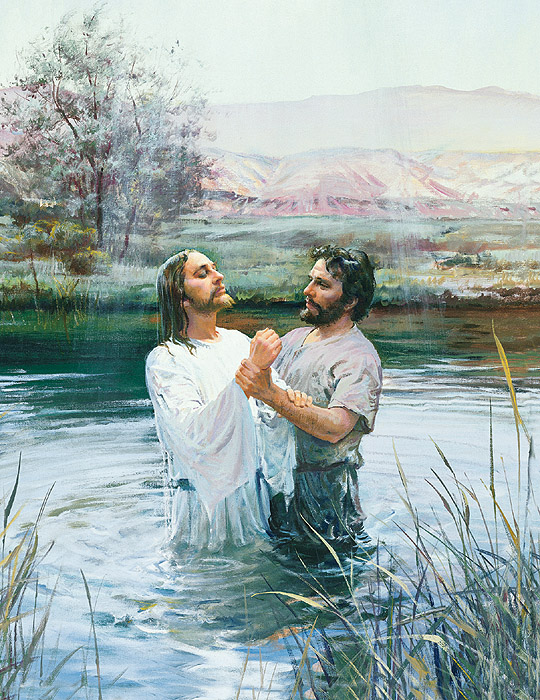
Revealed knowledge from the Father that Jesus is the Son of God. At the baptism of Christ, the heavens opened and the Holy Ghost descended “like a dove,” and “there came a voice from heaven, saying, Thou art my beloved Son, in whom I am well pleased” (Mark 1:10–11). Other accounts of this type of revelation can be found in Matt. 17:5; 3 Ne. 11:7; D&C 93:14–17; and JS—H 1:17. (John Baptizing Jesus, by Harry Anderson.)
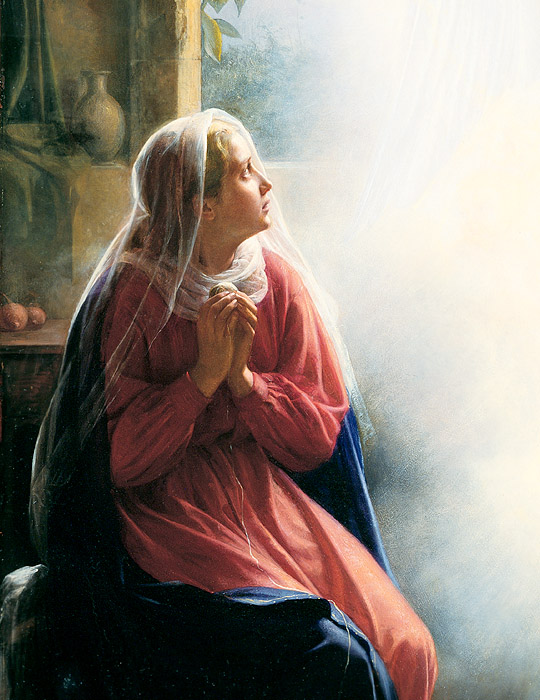
Angelic visitations. The angel Gabriel said to Mary that she would “bring forth a son, and [should] call his name Jesus” (Luke 1:31; see also Luke 1:28–38). Other accounts of angelic visitations can be found in Matt. 17:3; Luke 1:19; Acts 5:19–20; 1 Ne. 3:29; Jacob 7:5; Mosiah 27:11; Alma 8:14–17; Hel. 5:48; D&C 110:11–12; Moses 5:6; 7:27; and JS—H 1:30–32. (Mary and the Angel, by Carl Bloch, courtesy of the National Historic Museum at Frederiksborg in Hillerød, Denmark, may not be copied.)
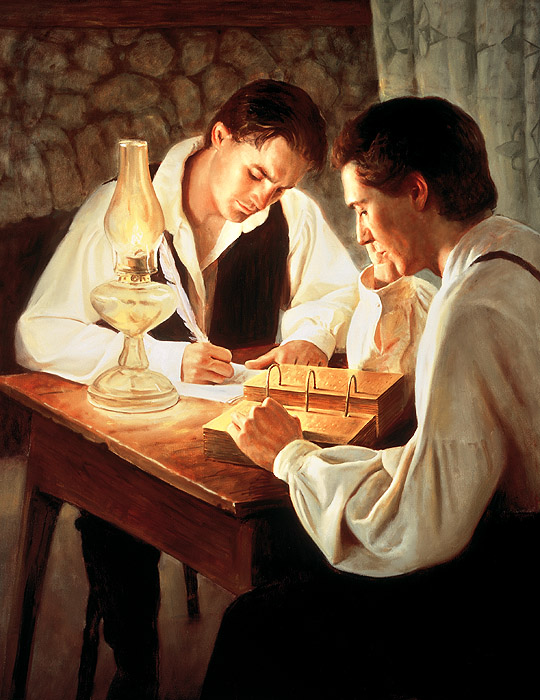
Revelations through the Urim and Thummim. The Urim and Thummim is an instrument prepared by God through which revelation may be received. The Prophet Joseph Smith described it as “two transparent stones set in the rim of a [silver] bow fastened to a breast plate” (History of the Church, 4:537). Other references to it can be found in Ex. 28:30; Lev. 8:8; Rev. 2:17; D&C 3, 6, 11, 14 (revealed through the Urim and Thummim); 17:1; 130:8–10; Mosiah 8:13; Abr. 3:1–4; and JS—H 1:35, 62. (Painting by Del Parson.)

Hearing the voice of God. When the child Samuel lay down to sleep, the “Lord called Samuel: and he answered, Here am I” (see 1 Sam. 3:1–10). Other examples of those who heard the voice of God can be found in Matt. 17:5; Mark 1:11; Acts 9:4–7; 10:13–16; Jacob 7:5; Enos 1:5; Hel. 5:30; 3 Ne. 11:3–8; and Moses 4:14. (Painting by Harry Anderson.)
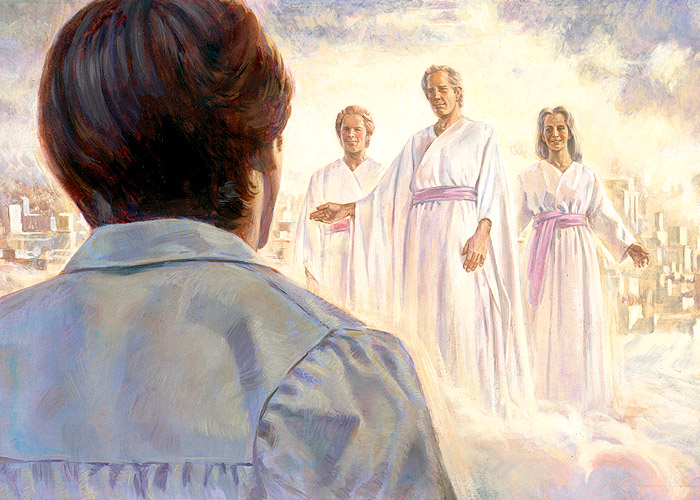
Visions and Prophetic Manifestations. Above: On January 21, 1836, in the Kirtland Temple, the Prophet received a vision of the celestial kingdom wherein he saw his father, mother, and brother Alvin (see D&C 137). Other accounts of visions include Acts 9:10; 16:9; Alma 19:16; D&C 76; Moses 1:27; and 7:23. (Painting by Robert T. Barrett.)
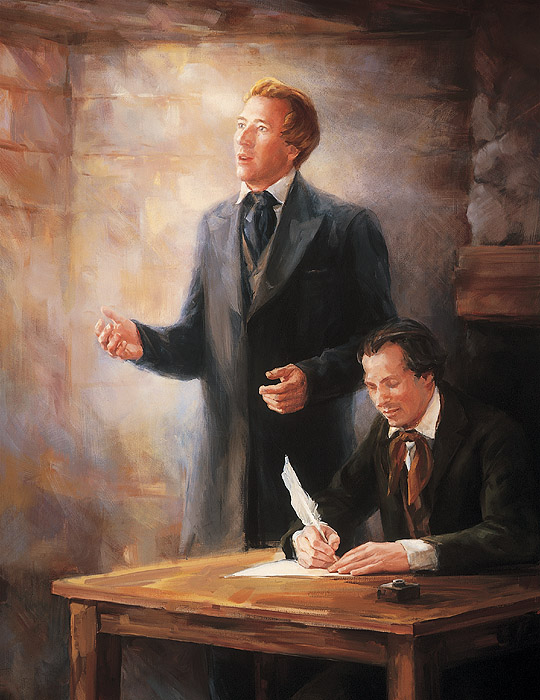
The Prophet Joseph Smith received a revelation at the organization of the Church on April 6, 1830, in Fayette, New York. Oliver Cowdery is at the table (see D&C 21). (Painting by Judith Mehr.)
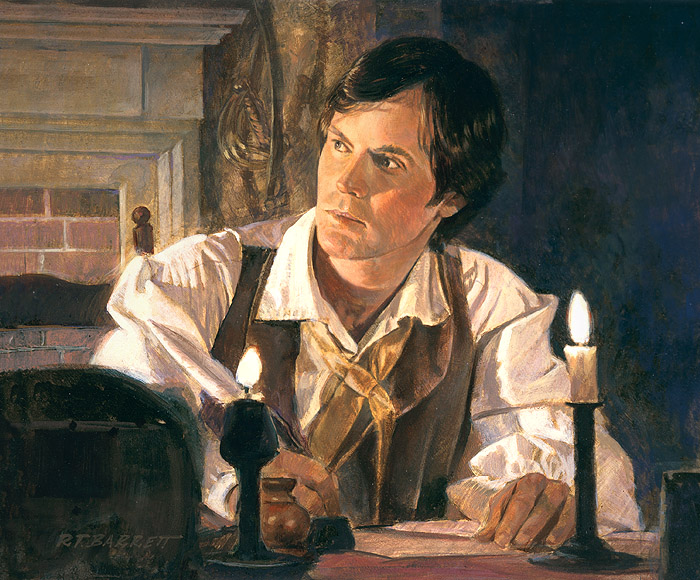
A burning in the bosom. When Oliver Cowdery attempted to translate the gold plates and failed, the Lord taught him how to recognize inspiration from God (see D&C 9). This more common form of inspiration and revelation is also mentioned in Luke 24:32 and 3 Ne. 11:3. (Painting by Robert T. Barrett, may not be copied.)
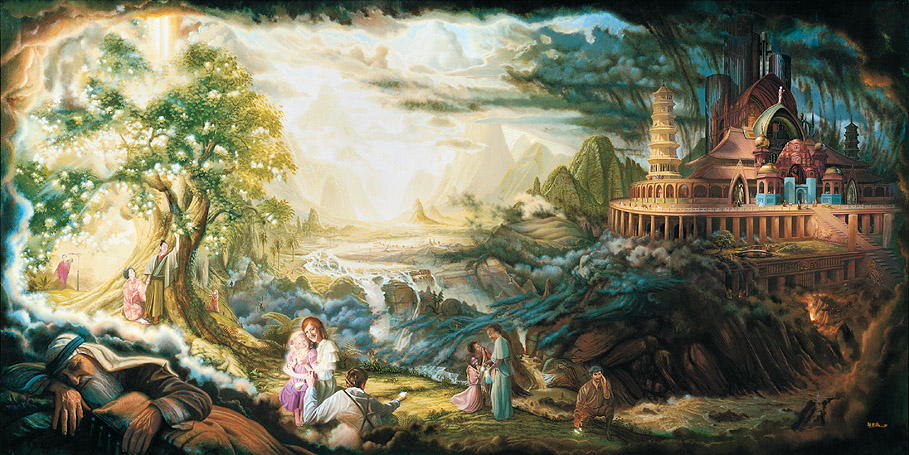
Dreams. Among the most vivid and powerful dreams is Lehi’s dream of the tree of life, recorded in 1 Ne. 8:2–36 and interpreted by Nephi in 1 Ne. 11. Other accounts of dreams as a form of revelation can be found in Gen. 28:12; 37:5; 46:2–4; 1 Kgs. 3:5; Dan. 2:1; Matt. 1:20; 2:12–13; and Ether 9:3. (Painting by Steven Lloyd Neal, may not be copied.)

Gifts of the Spirit. The ancient prophet Moroni lists the gifts of the spirit in Moro. 10:8–18. Other references to these gifts, some of which we all possess, can be found in Acts 2:4; 1 Cor. 7:7; 12; Alma 9:21; and D&C 46. (Painting by Judith Mehr, may not be copied.)
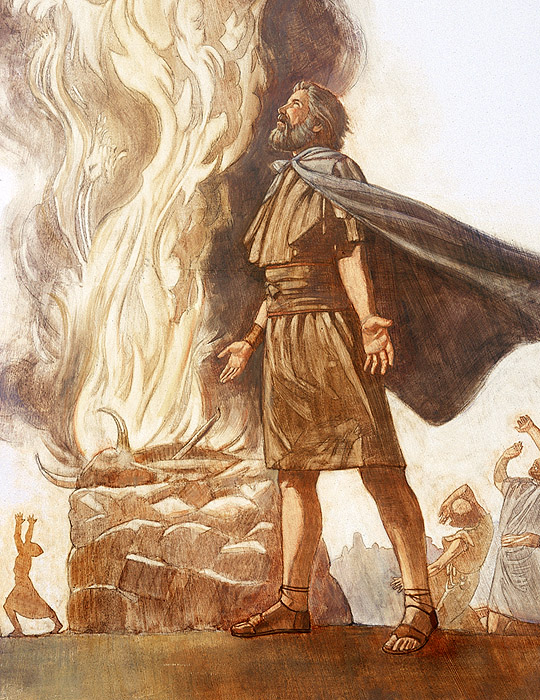
A still, small voice. The Lord spoke to Elijah in a still, small voice rather than in the wind, an earthquake, or a fire (see 1 Kgs. 19:12–18.) This familiar form of revelation is also mentioned in D&C 85:6. (Painting by Robert T. Barrett.)
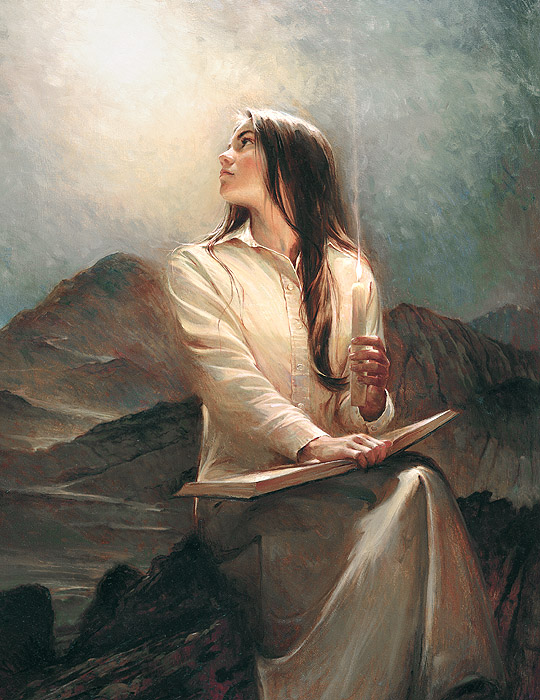
The Light of Christ (knowing good from evil). All of us are blessed with the Light of Christ, which helps us know good from evil. We often refer to it as our conscience. Other references to the Light of Christ appear in John 1:9; Moro. 7:16; and D&C 84:46. (Add to Your Faith Virtue and to Your Virtue Knowledge, by Walter Rane.)